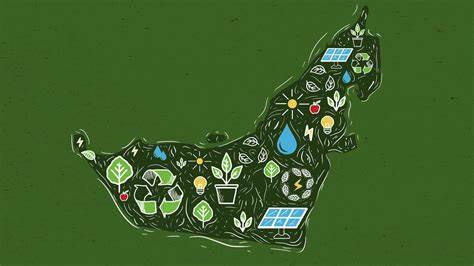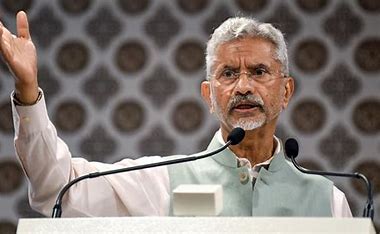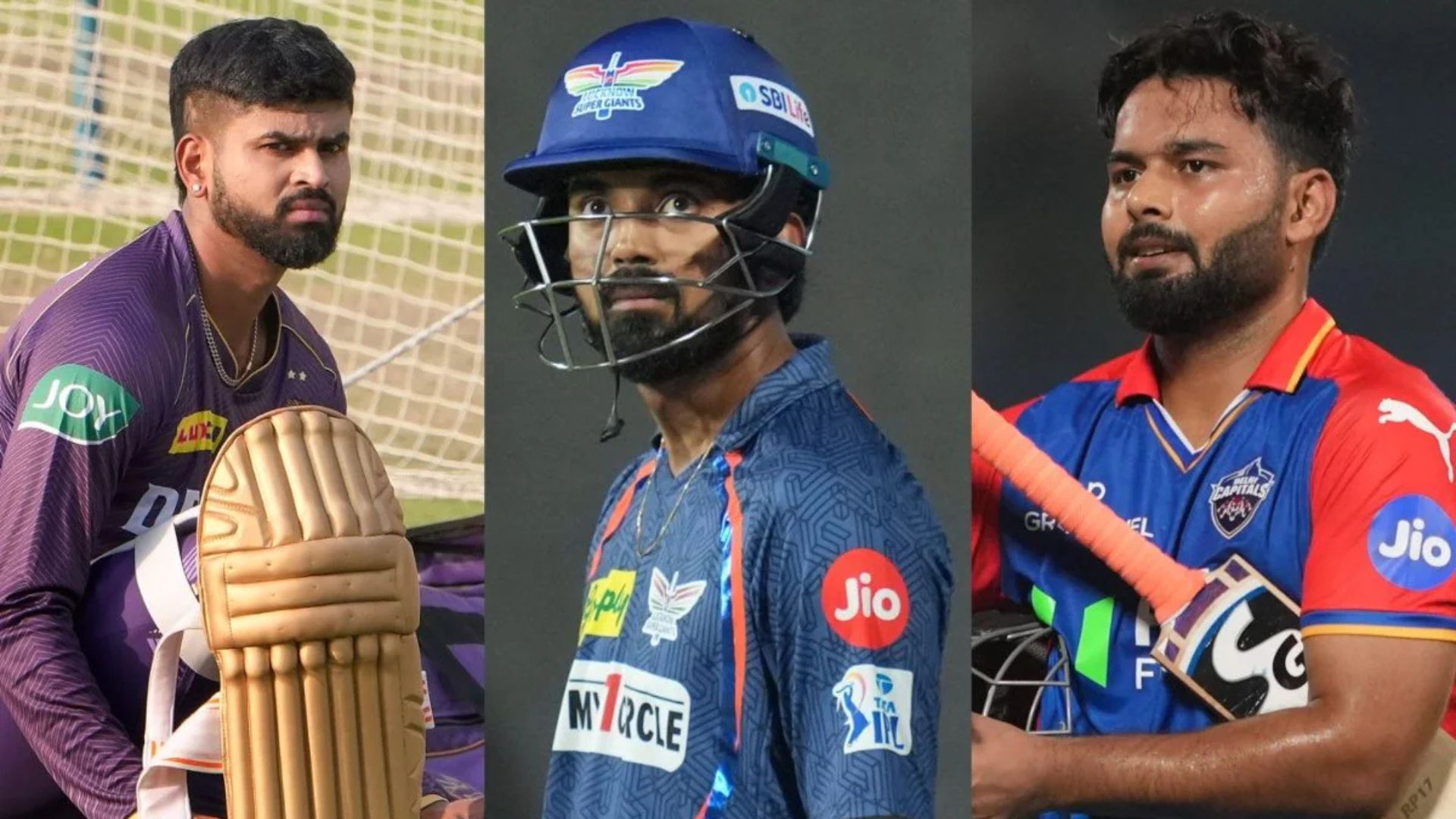
Jaipur city is famous all over the world for its historical architecture, beautiful buildings and wonderful tourist places. The temple of Mata Shila Devi established in the Amer Fort, 10 km away from Jaipur, is famous for its unmatched architecture and devotion. Shila Mata of Amer is a form of Kali Maa, and was the family deity of the Kachwaha dynasty. With the blessings of his mother, King Mansingh of Amer had won more than 80 battles.
“Shila Devi of Amer, Lyao Raja Maan:
Raja Man Singh I of Amer brought the statue of Shila Devi in 1580 AD. Therefore, a saying in this regard is popular in Jaipur – “Sanganer should be considered as Sango Babo, Jaipur should be considered as Hanuman, Amer’s Shila Devi should be considered as Lyayo Raja.”
Raja Mansingh of Jaipur was the commander of Akbar and used to go to fight wars on his orders. Once he was appointed the governor of Bengal, he went to fight Kedar, the king of Jasore (in present-day Bangladesh). After achieving victory in the battle, he brought the statue of Shila Devi with him to Amer and got it installed in a grand temple. Historians have different opinions on this subject-
First opinion:
When King Kedar was defeated in the battle, he gave the statue of Mata to Mansingh as a gift. He also got his daughter married to him. Since the statue comes from Jasore, it is also called Jaseshwari.
Second opinion:
When King Mansingh did not get success in the battle, he came to know that King Kedar had the idol of Kali Mata and with her blessings no one could defeat the king. On this Mansingh worshiped the mother and requested her to come with him. Mother appeared to him in his dream and blessed him to be victorious. The mother also asked the king to take her with him and build a temple in his capital. The king of Amer won the battle with the blessings of Mata and as per his promise, he brought the idol of Mata with him.
Third opinion
Mother had told King Kedar that she would not go unless the king himself asked her to go. Pleased with the worship of King Mansingh, the mother sat in the guise of Kedar’s daughter. When Kedar saw his daughter, he said, “Son, go out of here because I am doing puja.” In this way the mother herself informed King Kedar about her departure. When Kedar came to know about this, he threw the idol of Mata in the sea, from where King Mansingh took it out and brought it to Amer.
When human sacrifice to Shila Mata was stopped, the mother became angry :
It is believed that Mata had taken a promise from King Mansingh that he would be given a human sacrifice every day. For some time the kings kept their promise, but later animal sacrifices started being given in place of human sacrifices. Mother got angry at this and turned her face towards north. Even today the mother’s face is turned towards north. The last animal sacrifice was made in 1972. After this, it was closed after protests by Jain followers.
Reason for the statue facing north
It is also believed that there were many problems during the construction of Jaipur. Then the pundits advised Sawai Jai Singh that due to the idol of Mata facing east, her oblique gaze was falling on Jaipur. That is why so many disruptions are occurring. On this, the king got his statue installed facing north and Jaipur could be built.
Architecture and other features of the temple building
Shila Mata temple was rebuilt by Mansingh II in 1906. The entire temple is made of marble. In the upper part of the statue, from left to right, beautiful small size statues of Lord Ganesha, Brahma, Shiva, Vishnu and Kartikeya are made, riding on their vehicles.
In the right arms of Shiladevi, sword, chakra, trident, arrow are engraved and in the left arms, shield, abhayamudra, mund and bow are engraved.
The idol is made of black stone and is situated on a boulder. This idol of Shila Devi is made in the form of Mahishasura Mardini. Always covered with clothes and red roses, only the mouth and hands of the idol are visible. In the idol, the goddess is pressing Mahishasura with one foot and hitting him with the trident of her right hand. That is why the neck of the goddess is bent towards the right. This idol is considered miraculous. On the left side of Shila Devi, the idol of Hinglaj Mata of Ashtadhatu, the family deity of Kachwaha kings, is also built.
The entrance of the temple is covered with a silver plate on which the figures of the ten Mahavidyas and Navadurga are engraved. The main gate of the temple is made of silver and the statues of Navadurga, Shailputri, Brahmacharini, Chandraghanta, Kushmanda, Skandamata, Katyayani, Kalaratri, Mahagauri and Siddhidatri are engraved on it. Kali, Tara, Shodashi, Bhuvaneshwari, Chhinnamasta, Tripurabhairavi, Dhumavati, Baglamukhi, Shrimatangi and Kamla Devi are depicted here as ten Mahavidyas. The red stone idol of Lord Ganesha is installed on the courtyard. There are windows in front of the main gate inside which a silver drum is kept. This drum is played during morning and evening aarti. As soon as you enter the temple, on the right side there is a beautiful painting of Mahakali and Mahalakshmi by artist Dhirendra Ghosh. Bengali architectural style is visible in some parts and pillars of the temple. The floor of the temple is made of octagonal tiles, which shows that it was also a stronghold of Tantra. Many such tantric instruments are also visible in the temple.
Statues of Hingla, the family goddess of Meenas, are also installed in the temple. Before the Kachwaha dynasty, Meenas used to rule here.















